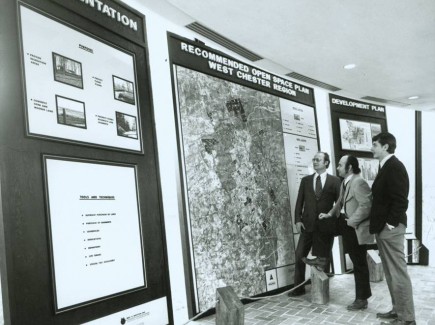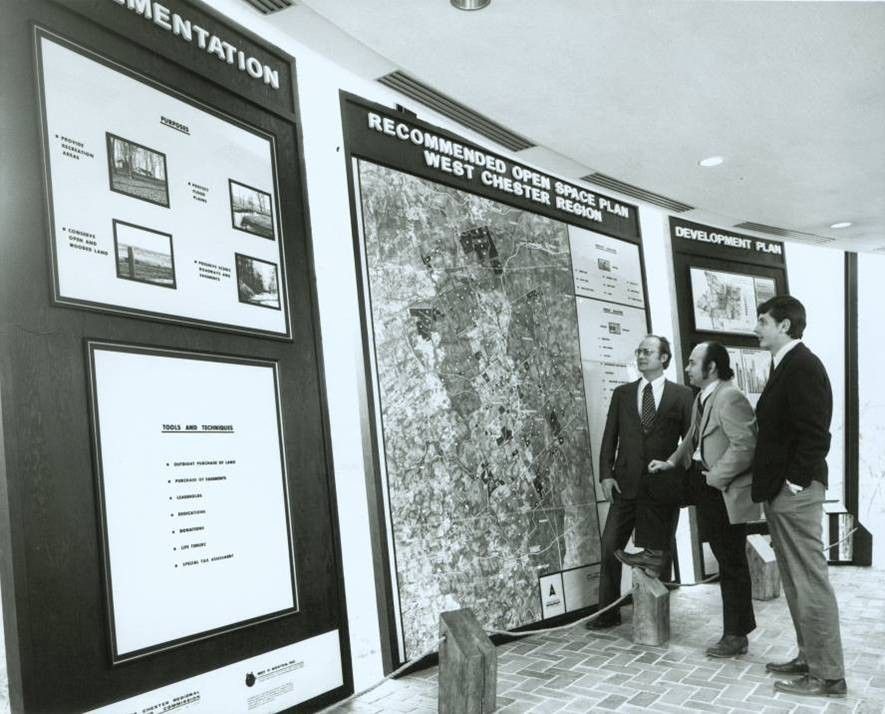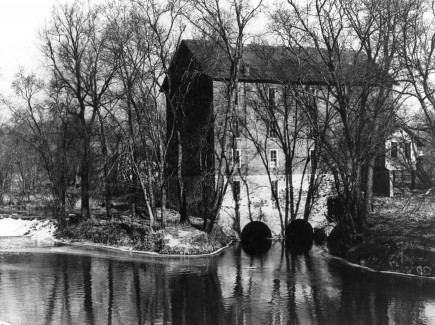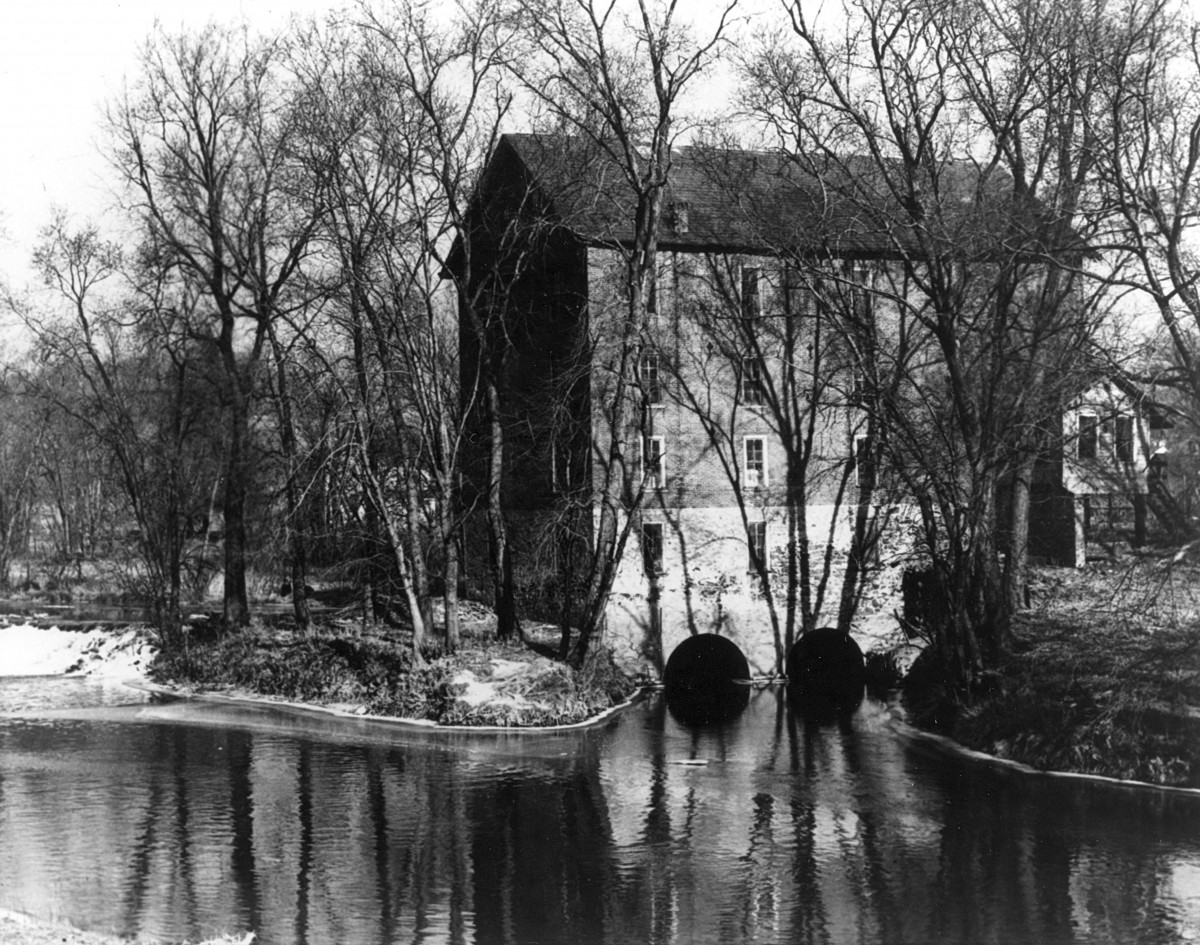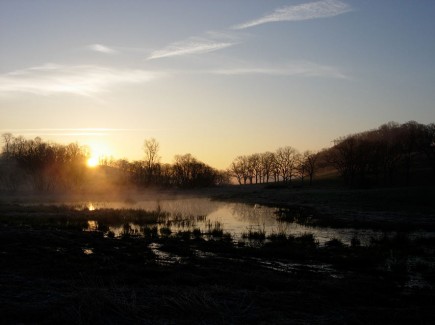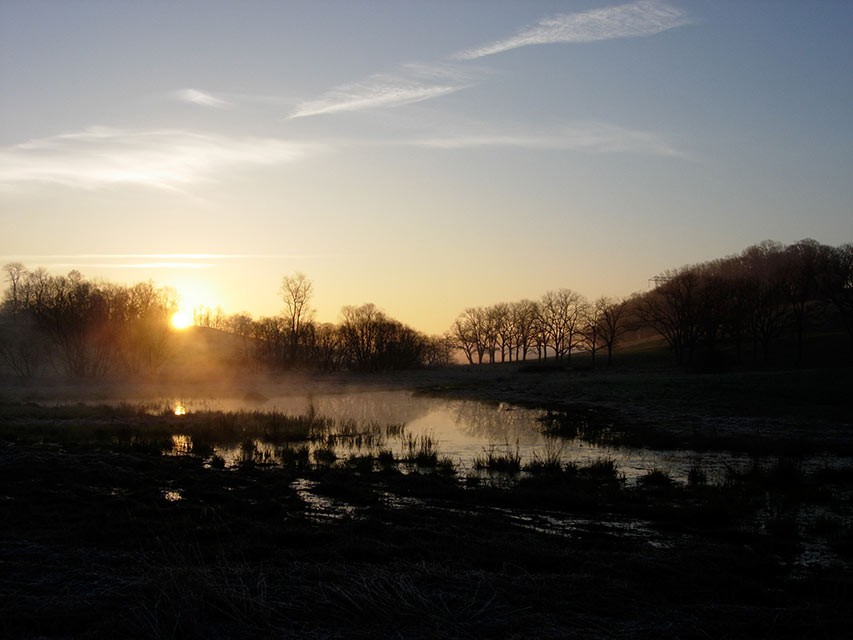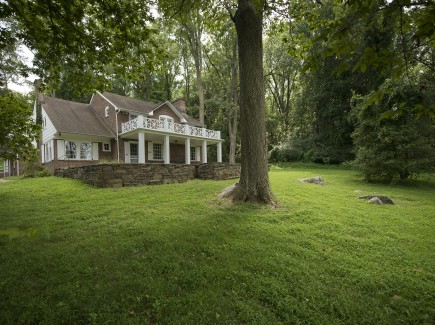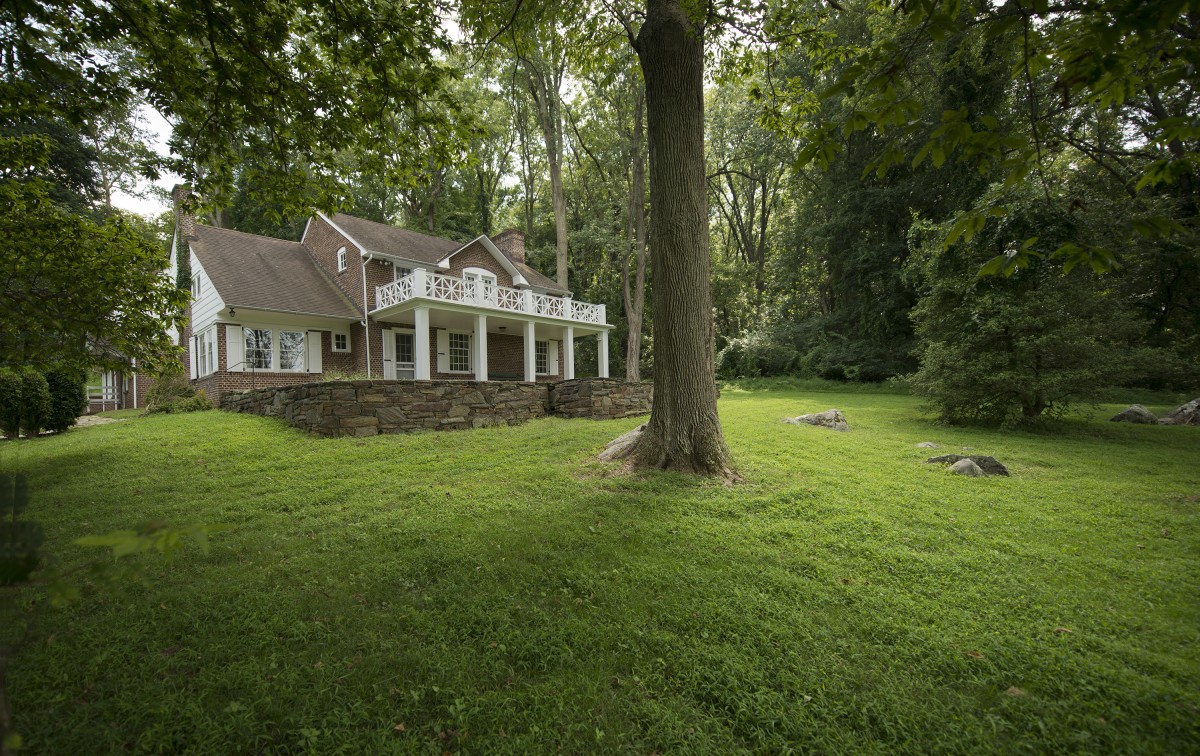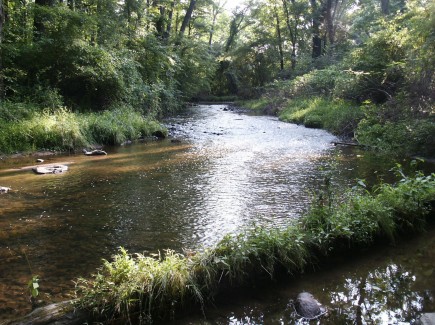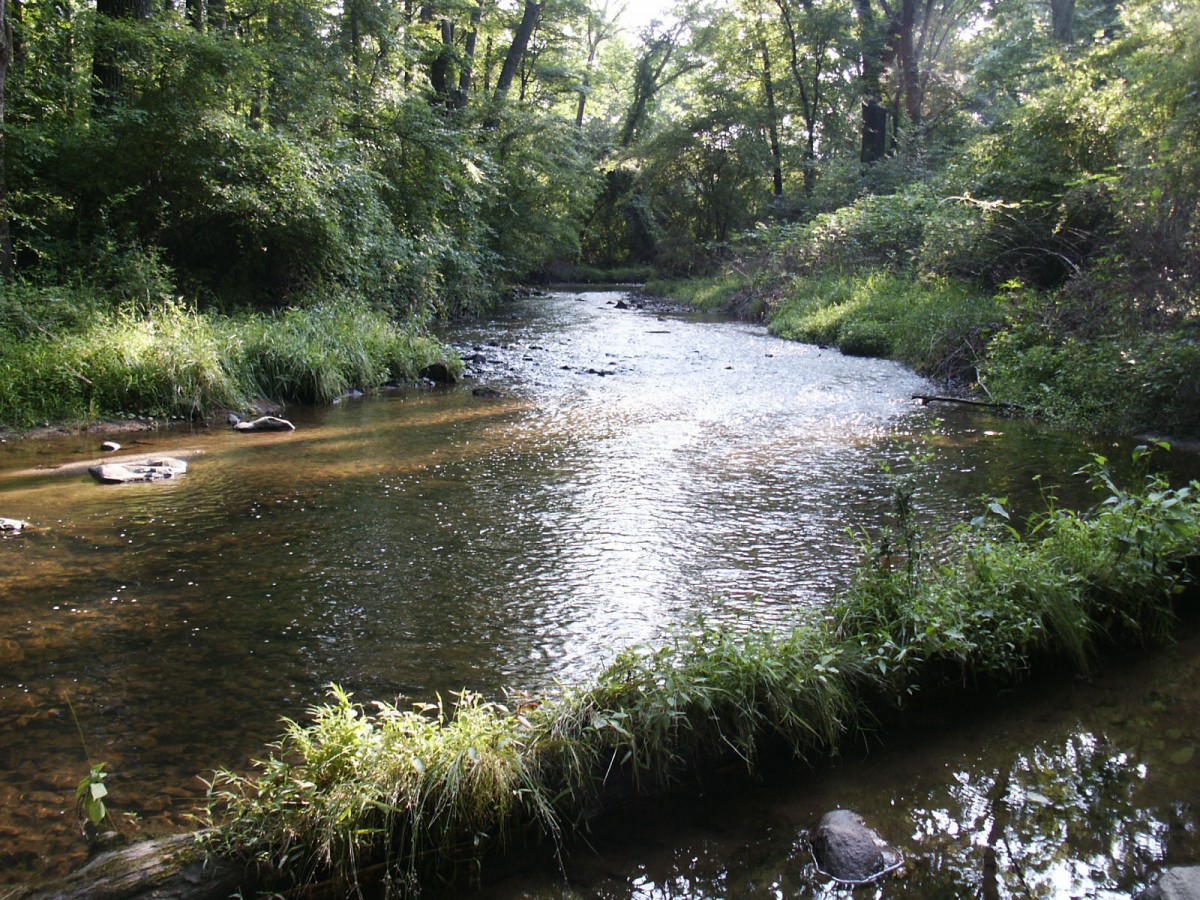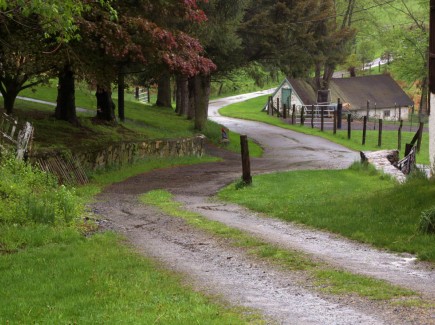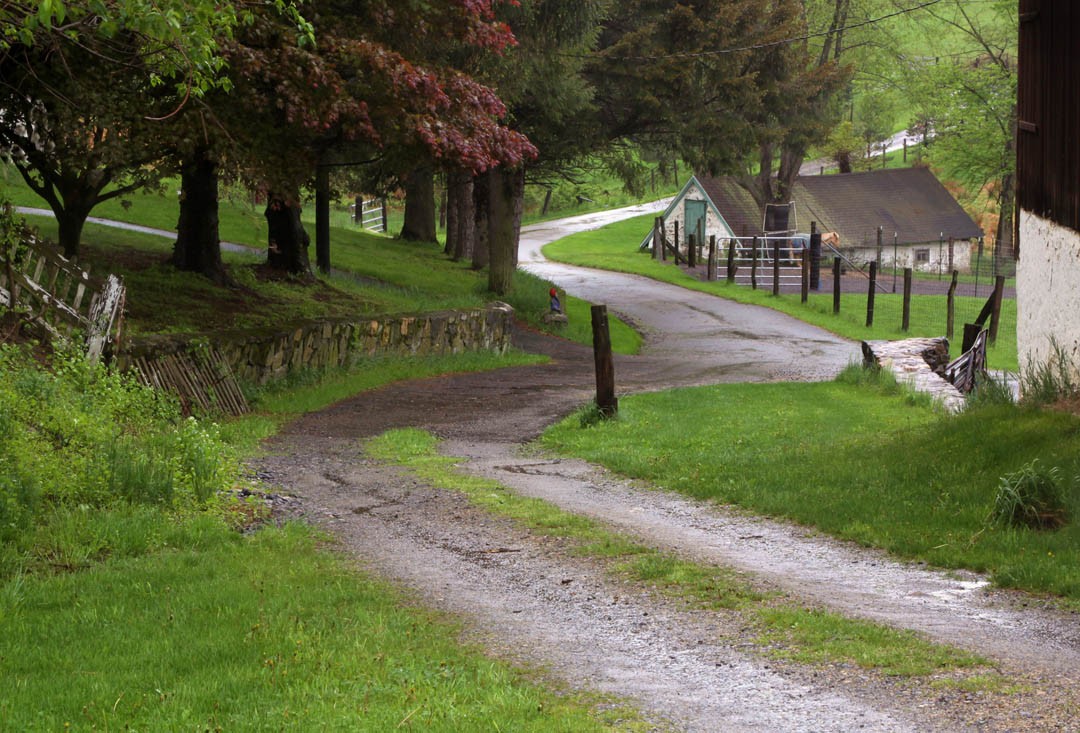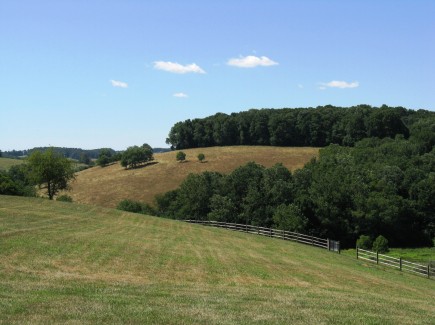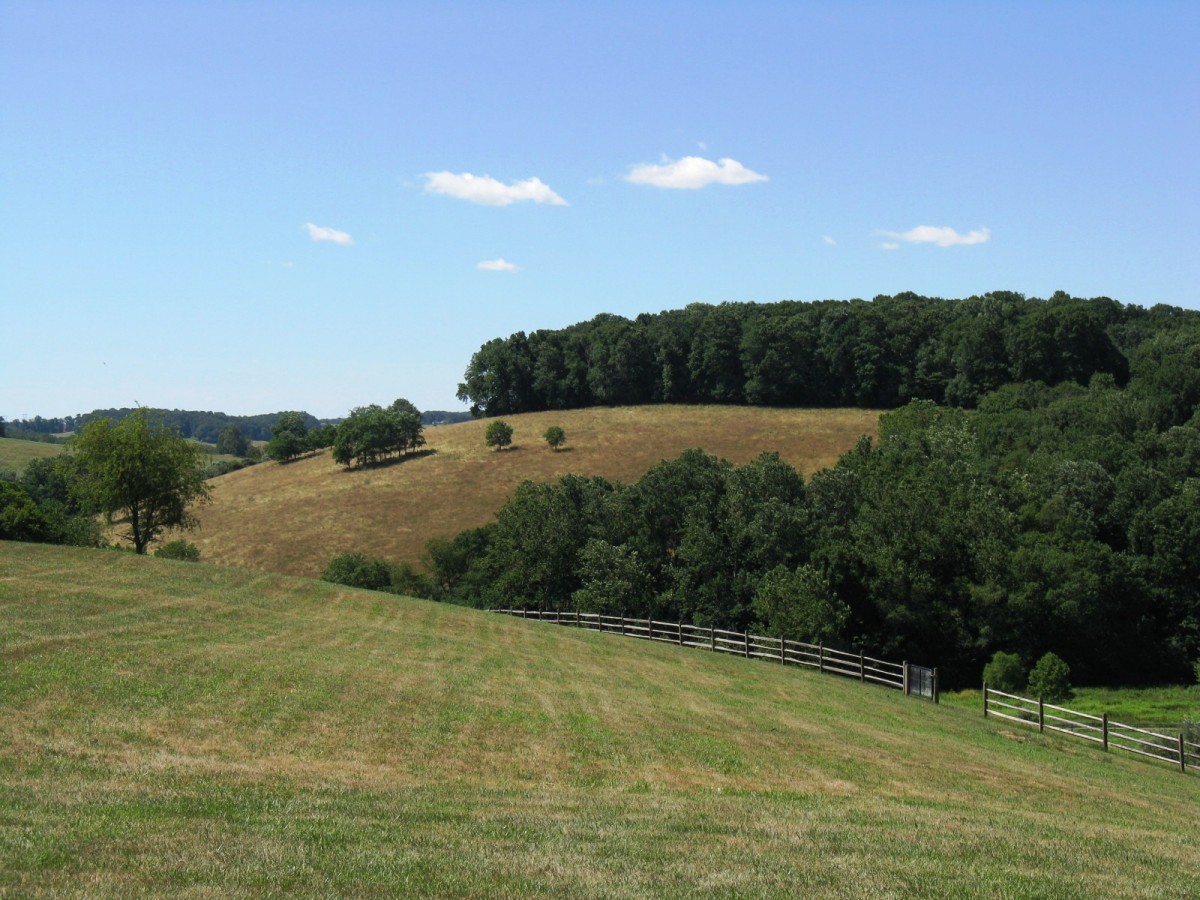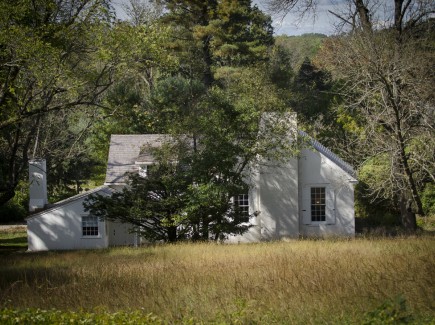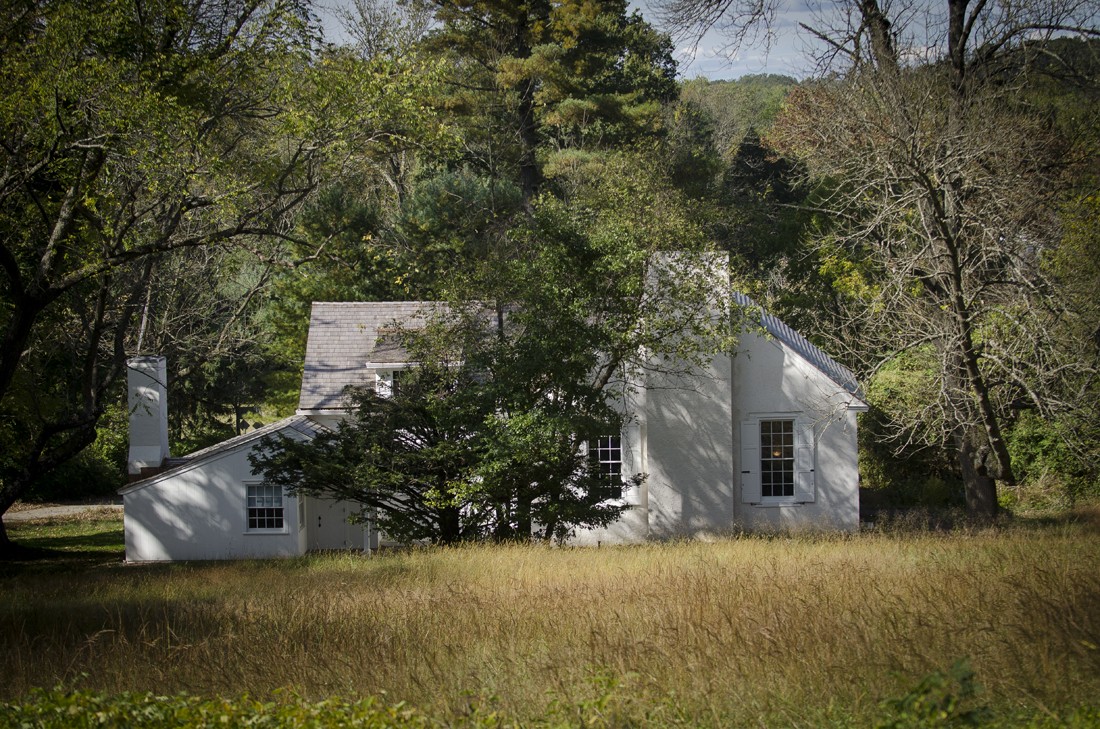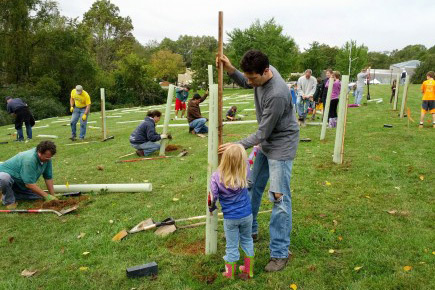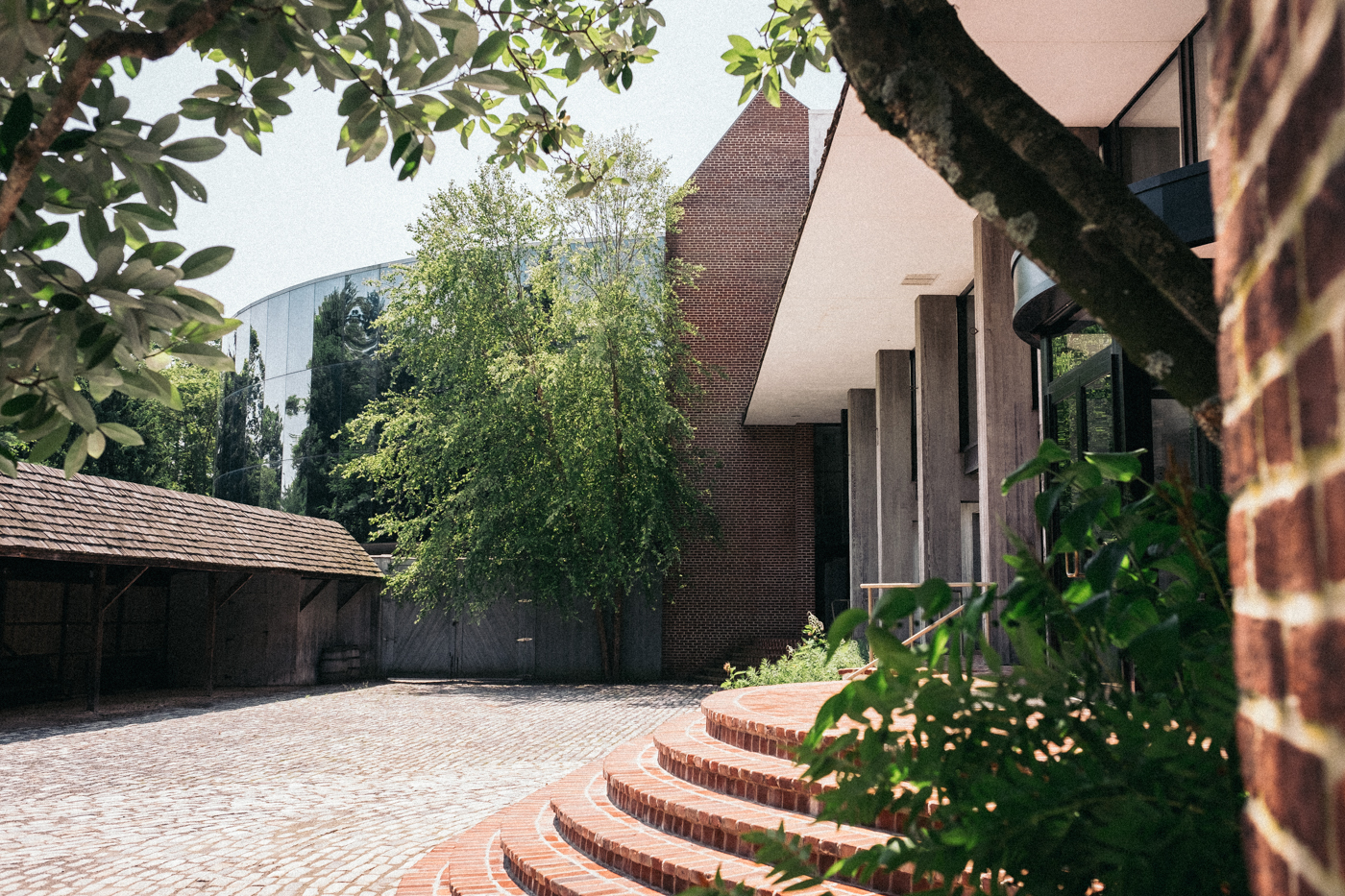-
Museum
-
Conservancy
What We Do
Read More
Experience Brandywine
The Brandywine Conservancy & Museum of Art offers a unique way to appreciate art and the environment. Immerse yourself in our story by exploring below.
Begin Experience Initiate homepage scrolling experienceOur aim was always to preserve the land that inspired so many artists.
George A. "Frolic" Weymouth
Founder of the Brandywine Conservancy & Museum of Art
The Protected Land
When the Brandywine River Valley was in danger of being developed, a few residents raised enough money to purchase the land and founded the Brandywine Conservancy.
Connected by the river
The river nourishes the lush plant life throughout the valley and provides a home to a wide range of wildlife.
The museum on the river
With soaring glass lobbies on three stories, the Museum offers visitors expansive views of the beautiful Brandywine River and the surrounding woods and meadows.
The Workspaces within
The Wyeth family studios and the Kuerner Farm offer visitors an opportunity to see firsthand how the environment inspired the artists and where their artwork was created.
Learn the History

The Brandywine Conservancy was founded by a group of local residents who, appreciating the need for rapid action, purchased land in Chadds Ford to protect the area from industrial development.
The Conservancy opened the Brandywine River Museum—now known as the Brandywine Museum of Art. Part of the Conservancy's first preservation effort was renovating Hoffman's Mill, a former gristmill built in 1864, which became the home of the Museum of Art.
Through the leadership of the Brandywine Conservancy, the Laurels Preserve is established when a limited partnership purchased the 5,367-acre Buck & Doe Run Valley Farms property from the Texas-based King Ranch cattle operation. This was the largest conservation project in Pennsylvania at this time.
The Brandywine Museum of Art opens the N. C. Wyeth House & Studio to the public. The Brandywine Conservancy & Museum of Art acquired the house and studio as a gift from N. C. Wyeth's five children in 1982.
Waterloo Mills Preserve is established when Mr. and Mrs. John C. Haas donate 170 spectacular acres to the Brandywine Conservancy. On the Waterloo Mills Preserve, one can find an 18th-century village, mill race remnants, wildflower meadows, fertile marshes, mature woods and over a mile of meandering creek.
The Brandywine Museum of Art opens the Kuerner Farm to the public. The farm was originally acquired by Brandywine Conservancy & Museum of Art in 1999 due in large part to the philanthropic spirit of Karl Kuerner, Jr., and his family.
The Brandywine Conservancy was one of the first conservation organizations awarded accreditation by the Land Trust Accreditation Commission. The award is an affirmation of careful management and effective environmental programs.
The Brandywine Museum of Art opens Andrew Wyeth’s Studio to the public. The studio was given to the Brandywine Conservancy & Museum of Art by the artist's wife Betsy James Wyeth, in 2010 and underwent careful restoration to preserve its appearance when it was used by the late artist.
The Brandywine Conservancy holds more than 500 conservation easements and protects over 70,000 acres throughout Pennsylvania and Delaware. The Brandywine Museum of Art is internationally recognized for its unparalleled collection and dedication to presenting Wyeth and American art. More than 300 special exhibitions have been shown in the museum's six galleries.
Support Us
The Brandywine is made stronger through the dedication and hard work of our members and donors.
